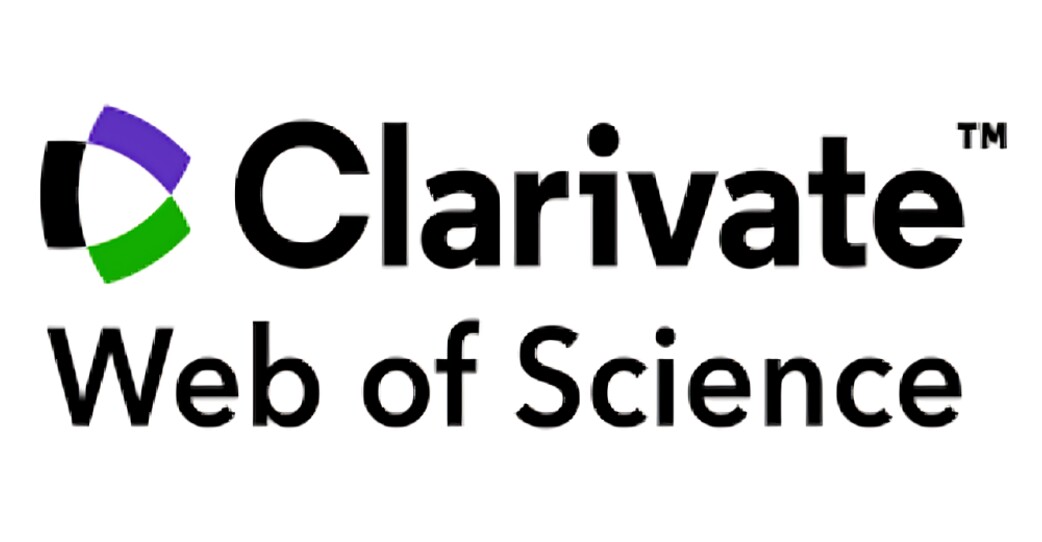What are the typical timelines for the publication process in Scopus, PubMed and Web of Science Journals?


Scopus is a comprehensive database of peer-reviewed literature, including scientific journals, books, and conference proceedings in multiple research disciplines. Journals indexed in Scopus are subjected to a rigorous evaluation process to ensure they meet high standards of quality, content, and citation impact.

Web of Science, a product of Clarivate Analytics, is a renowned citation indexing service that provides access to high-quality, peer-reviewed journals across various academic disciplines. Journals indexed in the Web of Science are recognized for their impact, quality, and influence within their respective fields.

PubMed, on the other hand, is a specialized database focused primarily on the biomedical and life sciences fields. It is maintained by the National Library of Medicine (NLM) and is considered the premier source for accessing peer-reviewed literature in these domains. PubMed-indexed journals are highly sought after by researchers in the biomedical sciences.


Scopus, PubMed, and Web of Science journals' prestige and reputation are closely associated with their rigorous peer-review processes. These indexing databases employ a meticulous evaluation system to ensure that only the highest-quality, most impactful research is selected for publication.
The peer-review process, in which scholarly articles are reviewed by subject matter experts, indicates academic integrity. This robust review contributes to maintaining the high standards of scientific rigor, methodological soundness, and originality which is required. Reviewers provide significant feedback on question hypotheses and encourage authors to improve their work, thereby increasing the quality and impact of the final published material.
The reputation of Scopus, PubMed, and Web of Science journals is directly related to their commitment to peer review. Researchers, institutions, and funding agencies value publications in these indexed journals because they are trusted sources of groundbreaking research and innovative ideas. The selective nature of these indexing databases ensures that only the most influential and cutting-edge work receives the prestigious recognition of inclusion.
However, the prestige and reputation of these indexing databases also come with high standards for publication. Authors must be diligent in ensuring that their manuscripts are well-formatted, free of plagiarism, and contain high-quality, novel content that aligns with the scope and aims of the target journal. By carefully preparing their work and adhering to the specific guidelines set by Scopus, PubMed, and Web of Science journals, researchers can increase their chances of acceptance and gain recognition that comes with publication in these prestigious outlets.

The publication process in Scopus, PubMed, and Web of Science journals can take some time, but authors should expect the final acceptance to take an average of around two months. This timeline can vary depending on the specific journal and research field because rigorous peer-review and editorial processes employed by these prestigious indexing databases are necessary to ensure the highest standards of quality and impact are met.

If researchers want to enhance their chances of getting published in prestigious Scopus, PubMed, and Web of Science journals, using publication support services can be extremely beneficial. SITA Academy provides expert guidance and resources to help authors navigate the complex publishing process. These professional services can provide authors with a significant advantage by ensuring proper formatting and citation style, conducting thorough plagiarism checks, and polishing the manuscript's structure. By leveraging the expertise of experienced publication support teams, researchers can better align their work with the exacting standards of these top-tier indexing databases, increasing their chances of achieving the coveted acceptance that comes with publishing in such prestigious journals.
If you have any questions, inquiries, or would like to learn more about our services, please don't hesitate to reach out to us. Our dedicated team is ready to assist you.